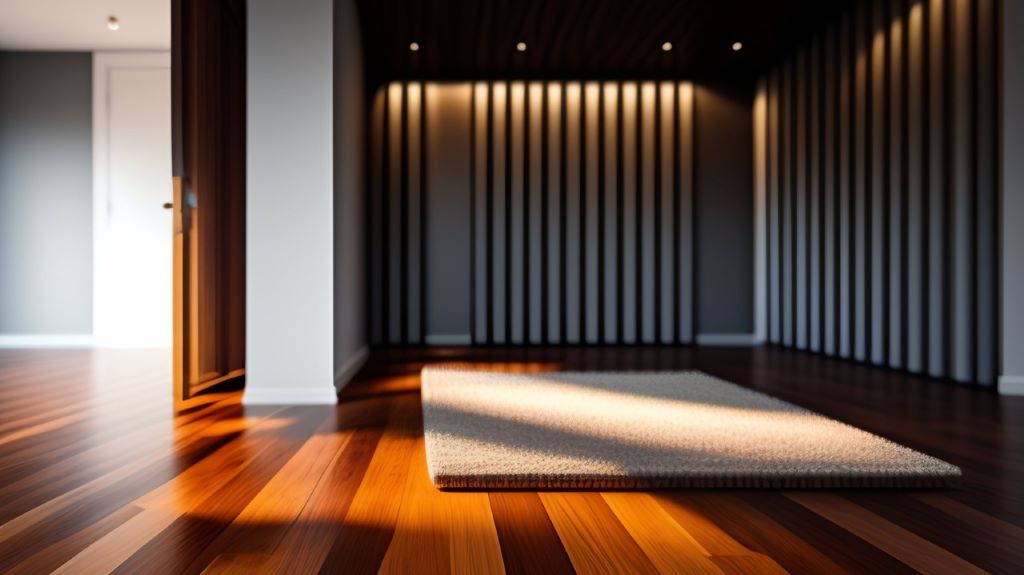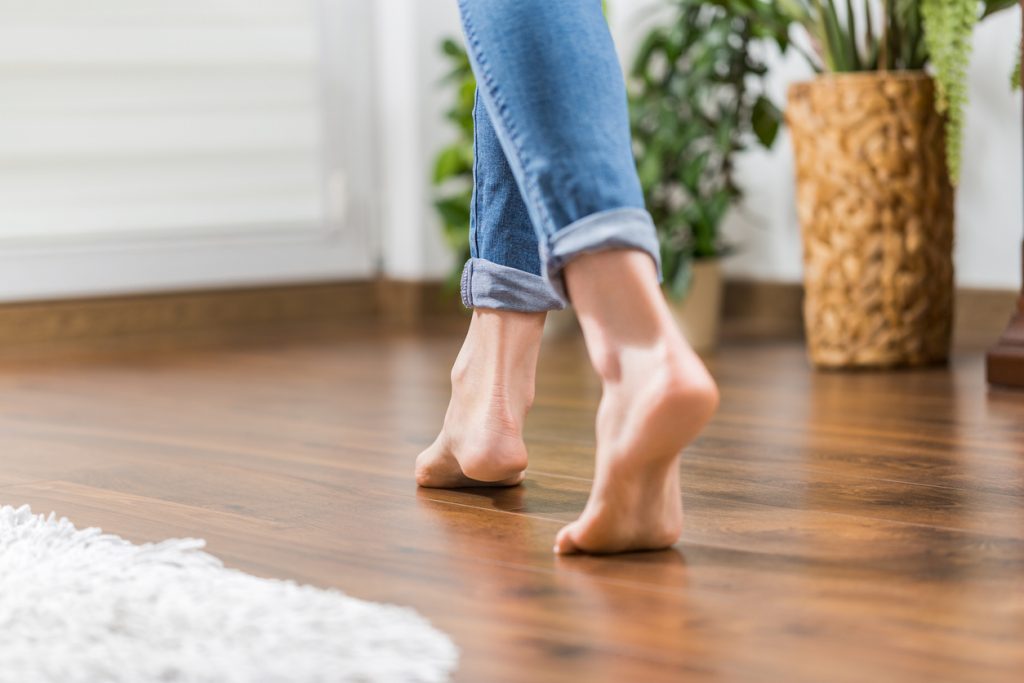Here’s a breakdown of the misconceptions and confusions surrounding acoustic ratings for hardwood floors:
The role of underlayment
Myth: Underlayment alone is a solution for acoustic performance.
Reality: Acoustic results stem from the combined performance of the entire floor/ceiling assembly, not just the underlayment. The building’s construction has a significant impact.
Lab vs. Real-World Performance
Acoustic ratings are often derived from laboratory tests. These ratings may not reflect real-world performance due to perfect lab setups
Unreachable Standards
Building management groups and homeowner associations (HOAs) may mandate specific acoustic standards. These standards may not account for structural variables or be achievable in typical construction without costly materials.
Key Questions to Ask
Does this product suit my building type (wood frame, concrete, or mass timber)?
Are the acoustic benefits based on lab or field testing?
Is the entire floor/ceiling assembly being considered?

Flooring’s Role in Room Acoustics
The choice of flooring surface can alter the acoustics within a room.
However, the effects are generally small compared to acoustical ceiling and wall treatments.
Hardwood floors are noisy
While hardwood reflects more sound than carpet, the noise levels can be adjusted.
Cloth materials like furniture, rugs, and curtains absorb sound and echoes.

Engineered Hardwood and Sound
Quality engineered flooring, when properly installed (glued or nailed down), can minimize hollow sounds.
In short, while flooring might not be the star player in room acoustics, it’s definitely a supporting actor. Its properties of reflection and absorption, along with its role in generating impact noise, contribute significantly to the overall soundscape of a room and how sound travels within and beyond it. When designing a space, considering the acoustic properties of the flooring alongside other elements is key to achieving the desired sound environment.

